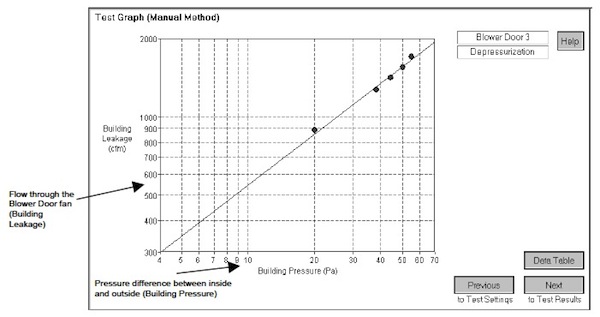The easy way is to divide the ACH50 by a number that’s close to 20 and call that the ACH natural, written ACHnat. It’s a bit more complex than that, but the upshot is that it’s a very subjective, inaccurate way of trying to figure how much leakage the house has when you turn off the Blower Door. A lot of people and some programs use it, unfortunately, so it’s worth knowing. The range of ACHnat results is from less than 0.1 for a super-tight house to 2 or higher for a sieve of a house.

The harder, better method is to do what’s called a multi-point Blower Door test. Here, the analyst measures the cfm of air moving through the fan at a range of pressures, typically 15 to 60 Pascals, instead of the single pressure of 50 Pascals. Plotting the data allows the analyst to extrapolate and find the actual leakage for any pressure difference between the house and outdoors.
Do You Have an IAQ Plan for Thanksgiving?
So you've got a bunch of people showing up this week to spend a day or two or three with…
Allison knows his subject matter and is able to communicate that in an excellent manner.

